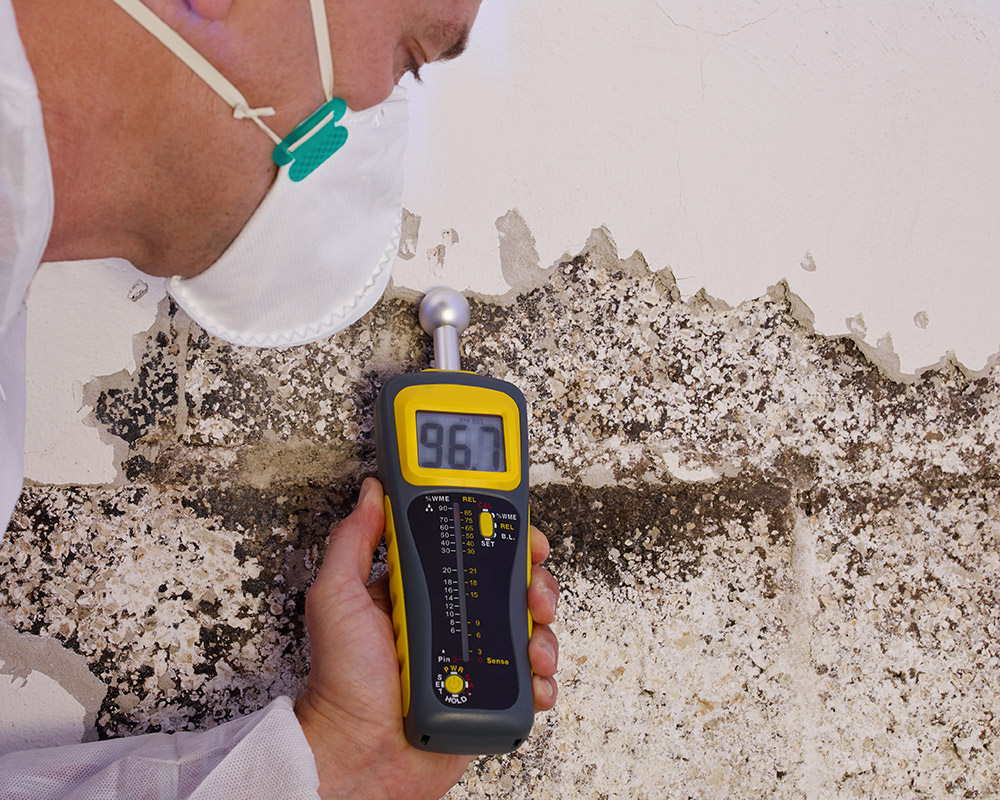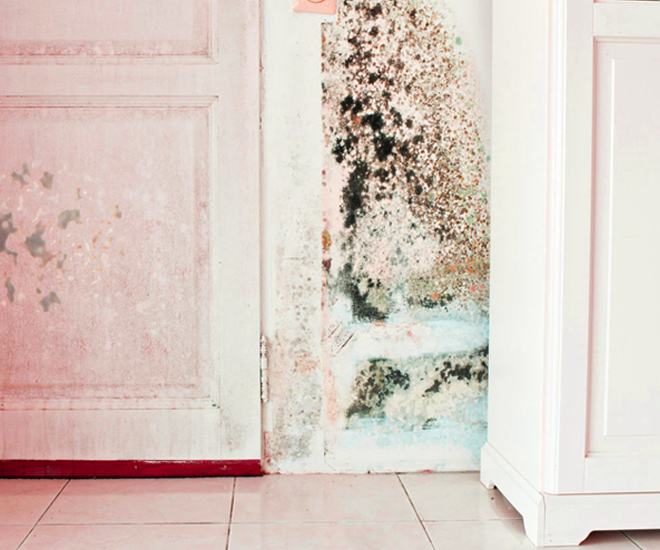Testing Air Quality After Mold Remediation
Testing Air Quality After Mold Remediation
Blog Article
Your Ultimate Guide to Post Mold Removal Strategies
Navigating the realm of post-mold remediation methods is a careful procedure that demands focus to information and a detailed understanding of the ins and outs entailed. In the aftermath of mold and mildew problem, knowing just how to effectively eradicate the mold and mildew and prevent its reoccurrence is extremely important for preserving a healthy interior environment. From selecting the right cleansing and sanitizing approaches to applying methods for long-lasting mold and mildew prevention, each step in the removal trip plays a vital function in guaranteeing a successful end result. As we start this exploration of post-mold removal techniques, we will certainly reveal the essential strategies and finest practices that can aid you restore your space to its pre-mold problem and secure it versus future mold hazards.
Recognizing Post-Mold Removal Process
After completing the mold and mildew remediation procedure, it is important to recognize the post-mold remediation techniques that are needed to make sure a comprehensive and effective cleanup. When the mold has actually been eliminated, the next action includes cleansing and sanitizing the affected areas to protect against any type of regrowth of mold and mildew.
Moreover, carrying out a last inspection post-remediation is crucial to guarantee that all mold has actually been efficiently eliminated. This assessment needs to entail a complete visual check along with possibly air tasting to confirm the absence of mold and mildew spores airborne. Added removal may be needed if the examination reveals any type of sticking around mold. Finally, enlightening owners on safety nets such as controlling moisture levels and quickly attending to any kind of water leakages can aid keep a mold-free environment.
Effective Cleaning and Disinfecting Approaches

Preventing Future Mold Development

Relevance of Correct Ventilation
Correct air flow plays a critical duty in stopping wetness build-up, a crucial consider mold development within indoor environments. Efficient ventilation systems help eliminate excess humidity from the air, decreasing the possibilities of mold and mildew spores finding the moisture they require to spread and sprout. Without ample air flow, indoor areas can end up being a breeding place for mold and mildew, resulting in potential wellness dangers and architectural damages.
By making sure proper air flow, air flow systems can also assist in drying out wet locations faster after water damage or flooding occurrences, further preventing mold and mildew development. Post Mold Remediation Report. Precede like restrooms, attics, kitchen areas, and cellars where wetness degrees often tend to be higher, mounting and keeping reliable air flow systems is crucial in stopping mold and mildew invasions

Surveillance and Upkeep Tips
Provided the crucial duty that correct ventilation plays in avoiding mold and mildew development, it is essential to develop efficient surveillance and maintenance pointers to make sure the continued capability of air flow systems. Routine examinations of ventilation systems need to be carried out to look for any indicators of blockages, leakages, or malfunctions that might hamper appropriate airflow. Monitoring humidity levels within the residential property is additionally vital, as high humidity can add to mold and mildew growth. Setting up a hygrometer can help track moisture degrees and alert homeowners to any spikes that may require interest. Additionally, making certain that air filters are consistently cleaned or replaced is essential for preserving the performance of the air flow system. Executing a routine for regular maintenance tasks, such as air duct cleansing and cooling and heating system assessments, can aid avoid concerns prior to they escalate. By remaining proactive and alert to the condition of ventilation systems, homeowner can properly mitigate the risk of mold regrowth and preserve a healthy and balanced indoor environment.
Conclusion
To conclude, post-mold removal methods are necessary for ensuring a safe and tidy setting. Understanding the procedure, carrying out efficient cleaning and decontaminating techniques, protecting against future mold growth, preserving proper air flow, see post and regular monitoring are all crucial actions in the remediation process. By complying with these guidelines, you can efficiently get rid of mold and stop its return, promoting a healthy living or working area for all residents.
In the results of mold and mildew infestation, recognizing exactly how to efficiently remove the mold and stop its reoccurrence is critical for keeping a healthy interior environment. When the mold and mildew has actually been removed, the following action includes cleansing and disinfecting the influenced locations to stop any type of regrowth of mold and mildew - testing air quality after mold remediation. After removing visible mold and mildew development, it is important to clean up all surfaces in the afflicted location to get rid of any kind of remaining mold and mildew spores. To Home Page better enhance mold avoidance actions, it is important to attend to underlying issues that initially led to mold advancement.Offered the essential role that appropriate ventilation plays in protecting against mold growth, it is crucial to develop reliable surveillance and maintenance pointers to make certain the ongoing capability of air flow systems
Report this page